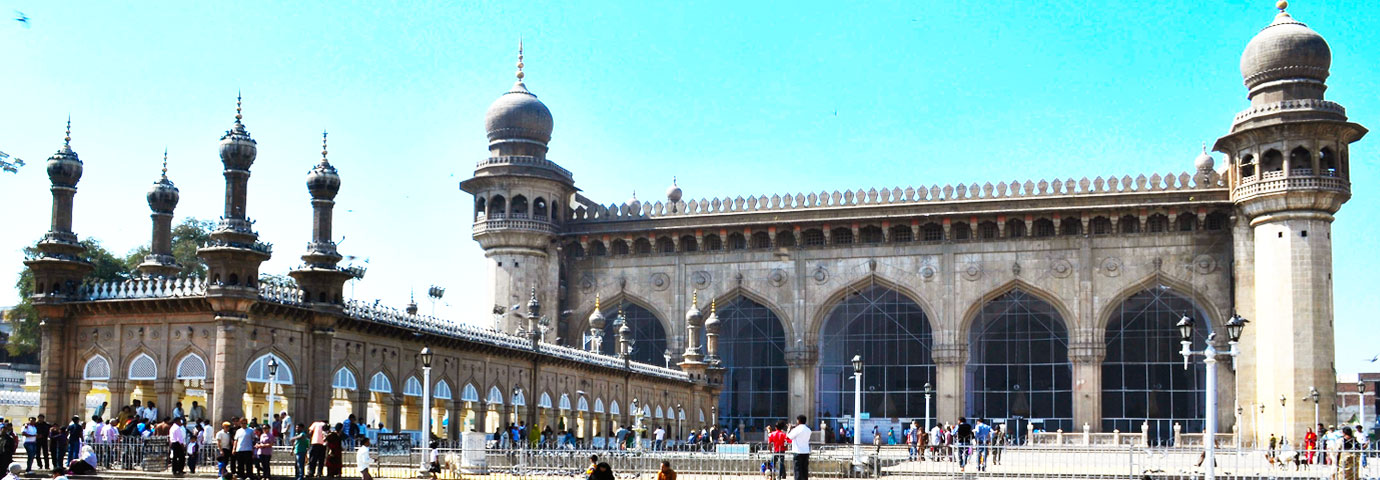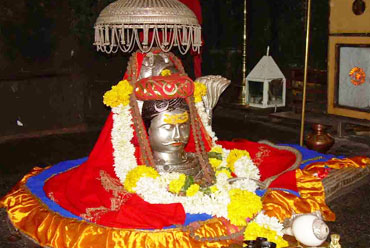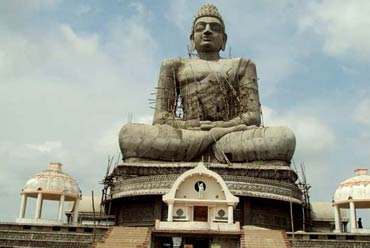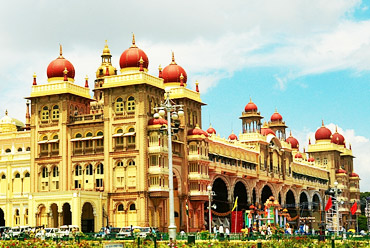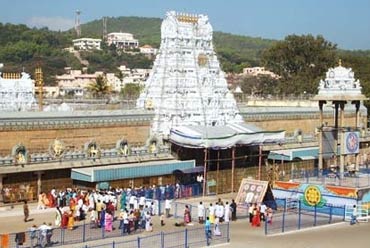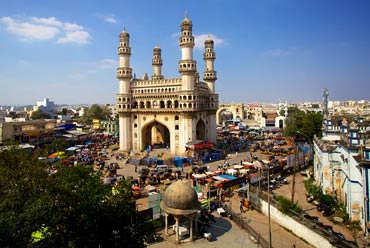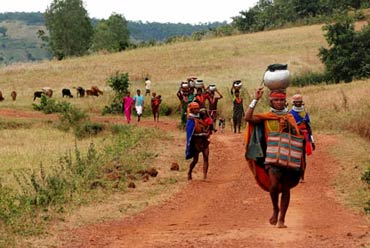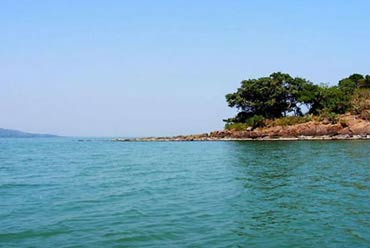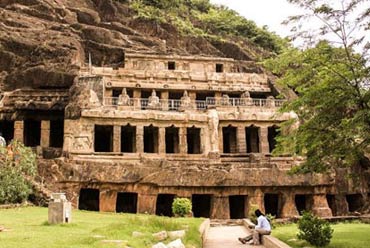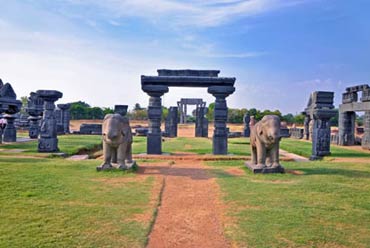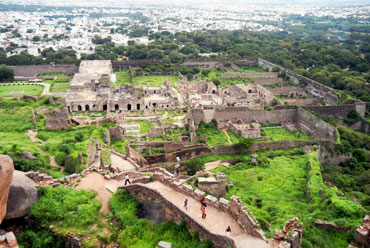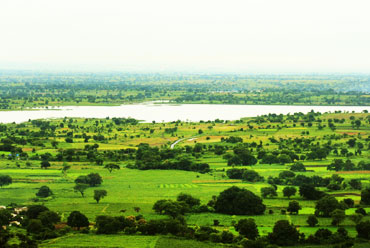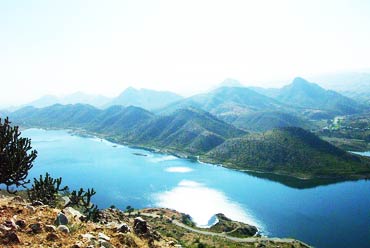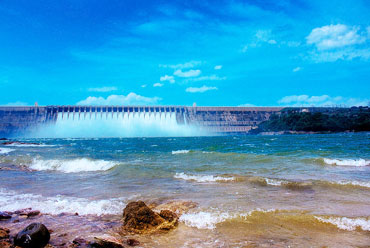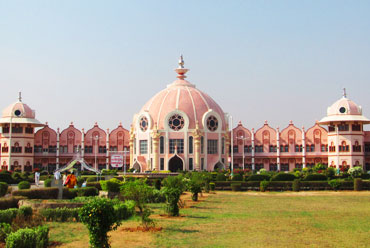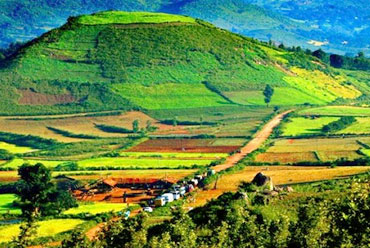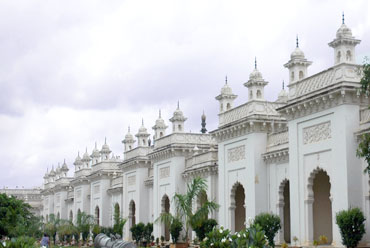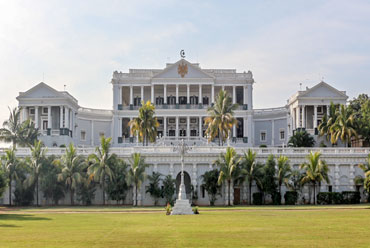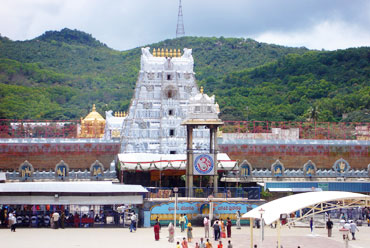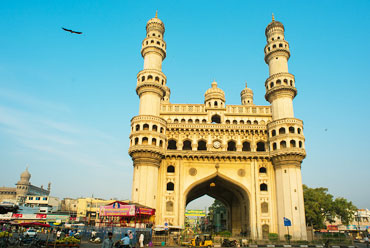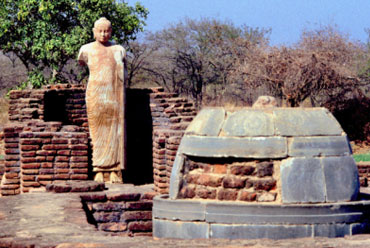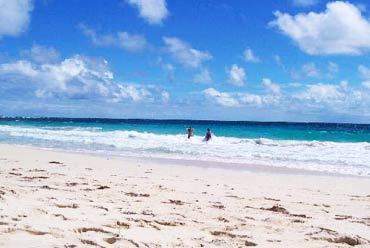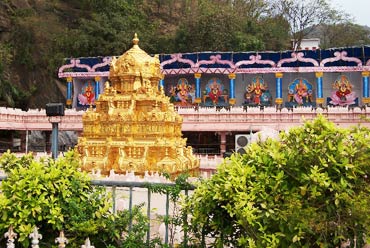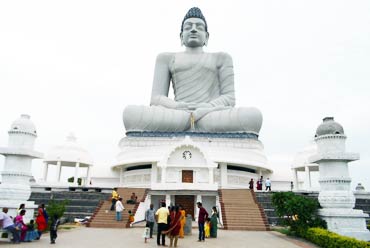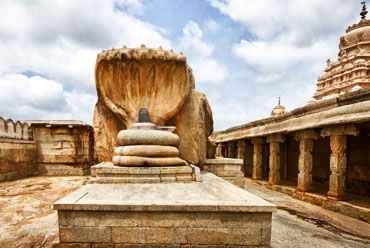The state of Andhra Pradesh is recognized variously-for its legendary dynasties; for its most revered temple, Tirupati; for its beautiful language, Telugu; for its lacquer toys and beautiful weaves; rich literature and the vibrant Kuchipudi. Andhra Pradesh has often been called the "food bowl of the south." There are ruins, palaces, museums, and ports apart from the sacred Tirupati, where one can leave one's prayers to be answered.
Location
Located in south India, Andhra Pradesh is bounded by Tamil Nadu in the south, Maharashtra in the north and northwest, Madhya Pradesh and Orissa in the northeast, Karnataka in the west, and by the Bay of Bengal in the east. It is situated on the Deccan plateau and is one of the oldest geological formations of the country.
History
The earliest mention of the Andhras appears in the Aitareya Brahmana (800 BC). It was called Dakshina Padh during those days. Andhras, Pulindas, Sabaras, and many other sects lived in Dakshina Padh. In the Mauryan age, the Andhras were a political power in the Deccan. Megasthenes, who visited the court of Chandragupta Maurya (322-297 BC), mentioned that the Andhra country had 30 fortified towns and an army of 1,00,000 infantry, 2,000 cavalry and 1,000 elephants. The Buddhist religious books reveal that Andhras established their kingdoms on the Godavari belt at that time. Even Ashoka referred in his 13th rock edict that the Andhras were his subordinates.
The flourishing Satvahana Empire, which followed the Mauryas, covered the entire Deccan plateau by the 1st century AD. From the seventh to the 10th centuries, the Chalukyas ruled the state. This was followed by the rule of the Cholas, Kakatiyas, and the powerful Vijayanagar Empire. By the 16th century AD, the Qutab Shahi dynasty established its firm foothold in and around Hyderabad. The Nizams, as the rulers of Hyderabad were called, maintained their rule, even during the advent of the French and British. Andhra Pradesh was constituted as a separate state on October 1, 1953, comprising the 11 districts of the erstwhile Madras state, and made Kurnool the capital. By November 1, 1956, the Nizam's state of Hyderabad was amalgamated to the state of Andhra Pradesh.

